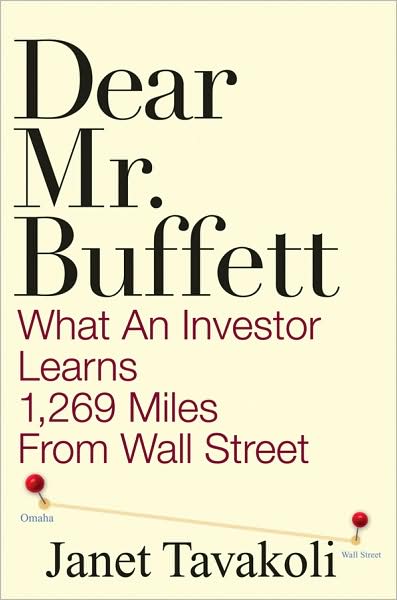I’ve said it before, but I came into the investment business through the back door as a risk manager.? Unlike most quantitative analysts, I came with a greater depth of knowledge of economic history, and a distrust of the assumptions behind most quantitative finance models, because things can be much more volatile than most current market participants can imagine. As a result, I often ran my models at higher stress test levels than required by regulation or standards of practice.
Can countries fail?? Sure.? It has happened before.? Can leading countries fail?? Yes, and consider France, Germany and Japan.? Consider earlier history — the failure of a major power has significant effects on the rest of the world.
Understanding economic history can keep one from saying, “That can’t happen.”? Indeed when governments are pressed, they do their best to extract additional revenue out of those that will complain the least.? Qualitative analyses, if done properly, incorporate a wider amount of variation than the quantitative statistics will reveal in hindsight.? Do you incorporate the idea that all novel securities (new industries) go through a big boom bust cycle?? If so, you would have avoided most of the complex debt securities born in the last ten years, and would have been light on risky debt that was the building blocks for those securities.
Though the job should fall to regulators to bar institutions of trust from investing in novel instruments, and they used to do that, the legal codes and regulators, forgetting history, removed those restrictions, and left many financial institutions to their own wisdom in managing their risks.? Some of those institutions were careful and speculated modestly if at all.? Others went whole hog.
The speculators (not called that at the time) pointed to loss statistics that had been generated during the boom phase of the cycle.? They showed how the junk-rated certificates would even be money good under “stressed” conditions.? All of the way through the boom, they pointed to their backward looking statistics, as leverage levels grew, and underwriting quality fell in hidden ways.
We know how it has ended.? In some cases, even AAA securities will not be money good (i.e., principal and interest will not be repaid in full).? Alas for the poor non-US buyers who sucked down much of the junk securities.
This forgetfulness regarding booms and busts affects societies on a regular basis. It happens everywhere, but the freewheeling nature of the US makes it a model country for this exercise (boom period in parentheses):
- Residential Housing (2002-6)
- Commodities (2001-8)
- Financial Innovation — hedge funds, securitization, credit default swaps (1995?-2007)
- Cetes (1992-1994)
- Commercial Real estate (20s, 80s, 2000s)
- Guaranteed Investment Contracts (1982-1991)
- Negative convexity trade in residential mortgages (think of Orange County, Askin, Bruntjen) 1990-1993
- Stocks (20s, mid-to-late 60s “Go-go era,” 1982-1987, 1994-2000, 2003-2007)
- Energy (1973-82)
- Developing country lending (late 70s)
This list isn’t exhaustive, but it’s what is easy for me to rattle off now.? Cycles are endemic to human behavior.? Governments and central banks may try to eliminate the negative part of a cycle of cycles, but it is at a price to taxpayers, savers, and increased moral hazard.? Why limit risk when the government has your back?
All that said, relying on historical patterns to recur, or simple generalizations that say that “the current crisis will follow the same track as the Great Depression,” are too facile and subject to abuse.? The fine article by Paul Kedrosky that prompted this piece makes that point. Too often the statistics cited are from small data sets, or unstable distributions generated by processes that are influenced by positive and/or negative feedback effects.
Studying economic history gives us an edge by giving us wisdom to avoid manias, and avoid jumping in too soon during the bust phase.? I’m still not tempted by housing or banks stocks yet.
That’s why I write book reviews on older books dealing with economic history (among others).? As Samuel Clemens said, “History doesn’t repeat itself, but it does rhyme.”? It doesn’t give a simple roadmap to the future, but it does aid in developing scenarios.? As Solomon said in Ecclesiastes 1:9, “That which has been is what will be, That which is done is what will be done, And there is nothing new under the sun.”
I’ll close the article here, but I have an application of this for politicians and regulators that I want to develop in part two.




